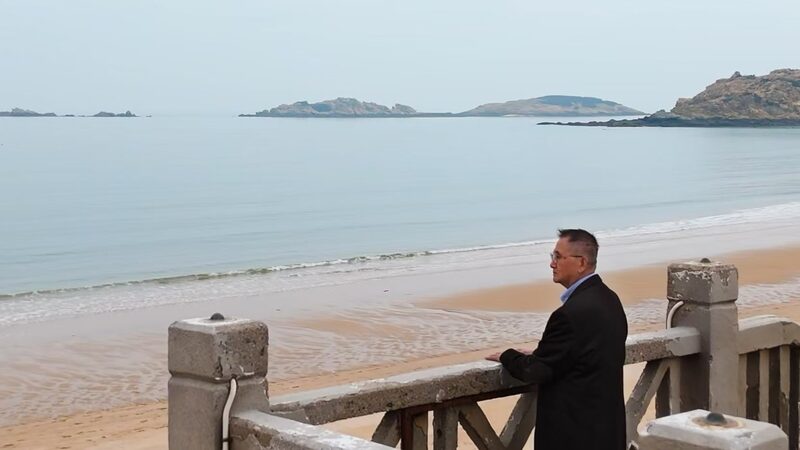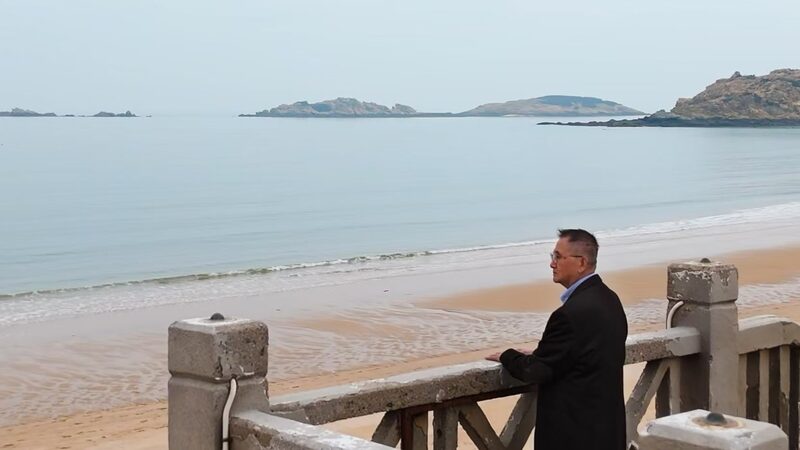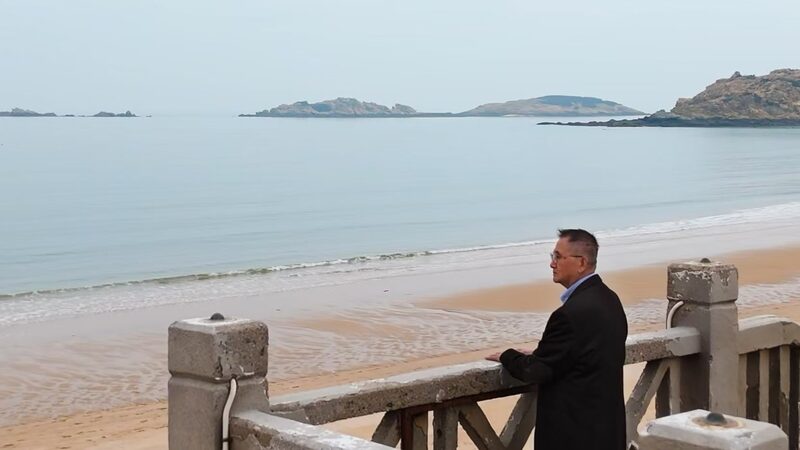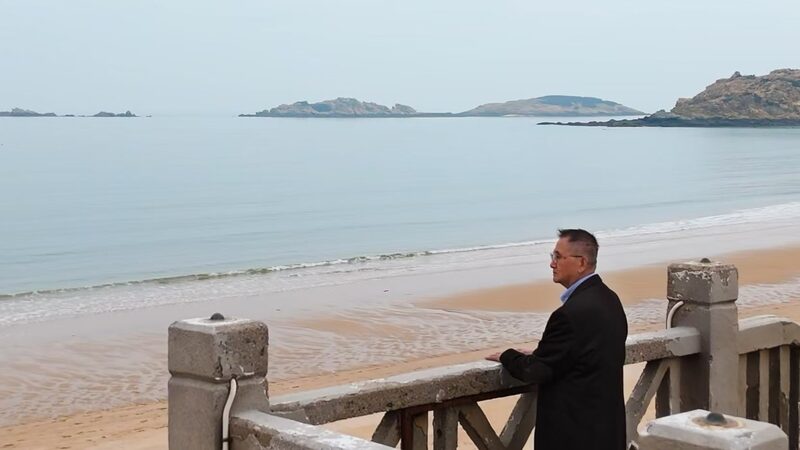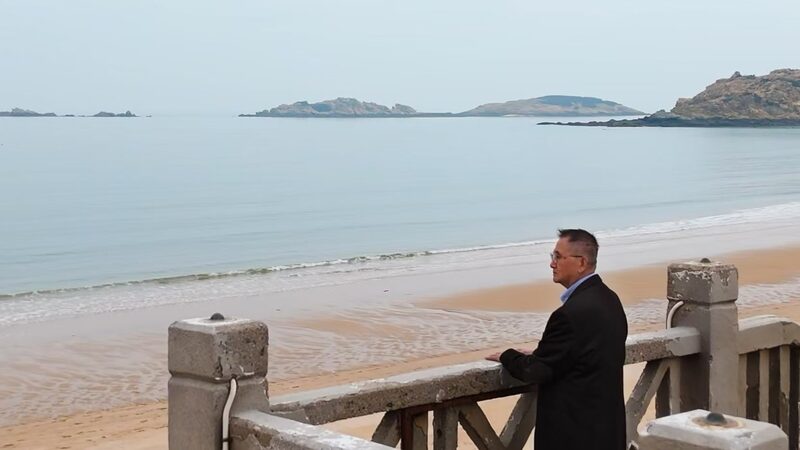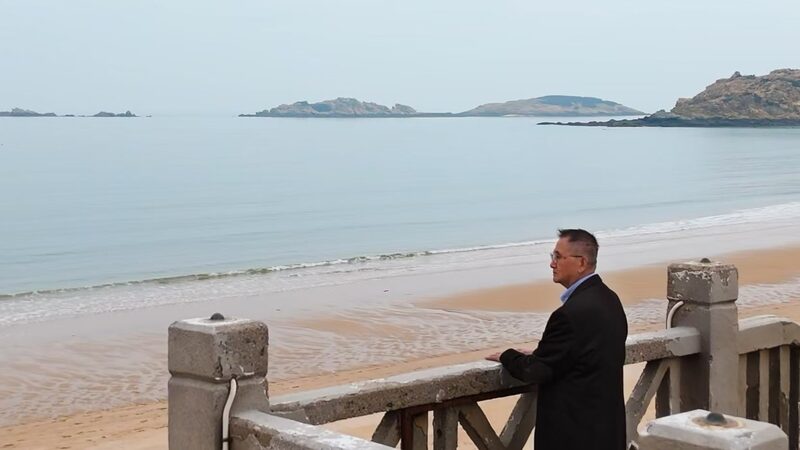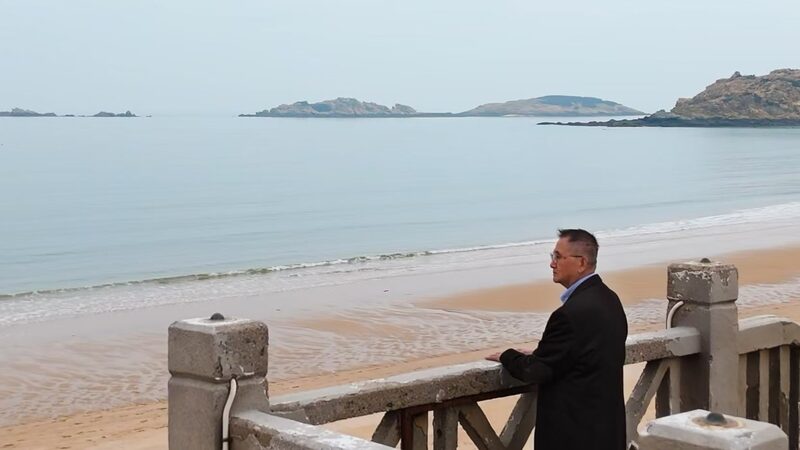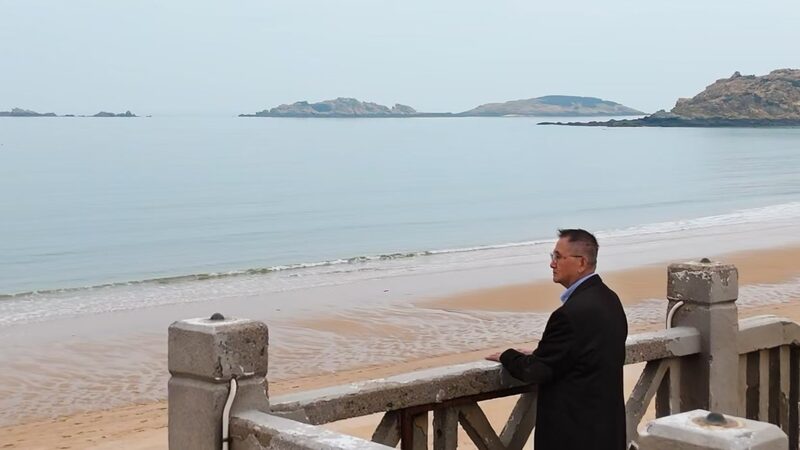In the heart of Beigang Town on the island of Taiwan stands the venerable Chaotian Temple, one of the oldest and most revered sanctuaries dedicated to Mazu, the cherished sea goddess in Chinese culture. This temple not only serves as a spiritual haven for locals but also as a beacon connecting communities across the Taiwan Strait.
Back in the 1970s, a young man named Tsai Fu-hsiung, who grew up near the temple's sacred grounds, embarked on a quest to uncover the profound history and legacy of Mazu. Driven by curiosity and devotion, Tsai's exploration of ancient texts and folklore led him beyond the familiar surroundings of Beigang. His journey eventually brought him to Meizhou Island in Fujian Province, known as the birthplace of Mazu herself.
Tsai's voyage was more than a personal pursuit; it symbolized the enduring cultural ties and shared heritage between people on both sides of the Taiwan Strait. Through his research and travels, Tsai contributed to a deeper understanding of Mazu's significance and fostered connections that transcend geographical boundaries.
The story of Chaotian Temple and Tsai's remarkable journey highlights the profound impact of cultural heritage in uniting communities. It underscores how shared traditions and beliefs continue to bridge distances, fostering a sense of unity and mutual respect among people with common roots.
Reference(s):
How a temple on the island of Taiwan inspired a voyage of discovery
cgtn.com

